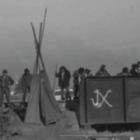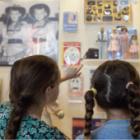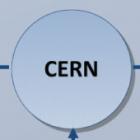
Knowledge Crystallization and Clinical Priorities: Evaluating How Physicians Collect and Synthesize Patient-Related Data
Information seeking and synthesis are time consuming processes for physicians. Although systems have the potential to simplify these tasks, future improvements must be based on an understanding of how physicians perform these tasks during clinical prioritization. We engaged physicians in semi-structured focus groups, and found that data is collected to categorize and prioritize patients according to expected clinical course. When data does not support these expectations, or when categorization indicates potential for morbidity, physicians increase efforts to act or re-categorize patients. We identified a standard prioritization workflow that differs slightly by medical specialty. These findings lay a foundation to advance information displays that facilitate information processing by physicians in clinical care environments.








